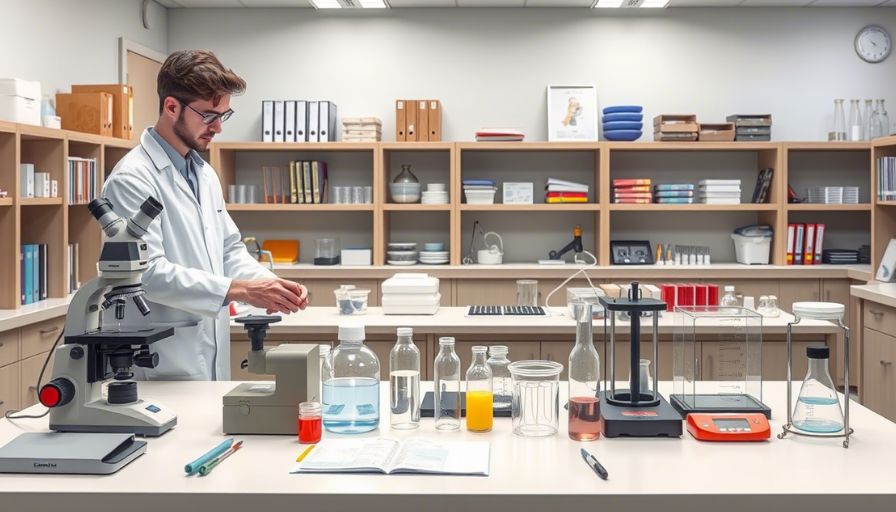Starting a research lab feels like trying to furnish an entire house with a college student’s budget. You know exactly what you need, but your wallet has other ideas. The good news? You don’t need to break the bank to build a functional research space that produces quality results.
Start with the Basics That Actually Matter
Your first instinct might be to create a wish list of every shiny piece of academic research equipment you’ve ever admired in other labs. Resist that urge. Instead, focus on the workhorses that’ll handle 80% of your daily tasks.
Key Essentials to Prioritize
-
A reliable analytical balance
-
Basic pH meter
-
Temperature-controlled incubator
These will serve you far better than one expensive specialized instrument that sits unused half the time. Think about your research workflow. What equipment do you absolutely cannot do without? That’s your foundation. Everything else can wait.
Embrace the Art of Strategic Buying
Timing is everything in equipment procurement. University surplus sales are goldmines waiting to be discovered. Departments upgrading their labs often sell perfectly functional equipment at a fraction of the retail cost.
Where to Look for Deals
-
Surplus sales: Microscopes that retail at $15,000 may sell for $3,000
-
End-of-fiscal-year clearance: Take advantage of manufacturer discounts
-
Certified refurbished equipment: Tested and warrantied at lower cost
Sign up for manufacturer newsletters and follow lab equipment dealers on social media to stay updated on flash sales and events.
Build Relationships That Pay Dividends
Your fellow researchers are your secret weapon. That professor down the hall might have duplicate equipment gathering dust. Academic conferences aren’t just for presenting papers—they’re networking goldmines where casual conversations can lead to equipment sharing agreements.
Relationship-Building Tips
-
Join online communities like ResearchGate
-
Attend local university consortium meetings
-
Connect with industry reps offering academic discounts
Don’t underestimate the power of a friendly email to manufacturers. Many offer discounts not publicly advertised. The worst they can say is no.
Get Creative with Alternatives
Before purchasing specialized equipment, explore whether existing tools can serve double duty.
Smart, Low-Cost Substitutes
-
Use a precision scale for both sample prep and analysis
-
Turn your laptop into a data logger with sensors
-
Explore open-source equipment like Arduino-based tools and 3D-printed solutions
Websites like OpenTrons provide instructions for building custom lab tools that perform professionally at DIY costs.
Maintenance: Your Budget’s Best Friend
The cheapest equipment is the kind that doesn’t break down. Establish maintenance routines from day one.
Best Practices for Equipment Longevity
-
Train your team on correct usage
-
Keep maintenance logs
-
Track recurring issues for informed repairs or replacements
A $500 centrifuge that lasts ten years is more cost-effective than replacing a $300 model every two years.
Making It Work Long-Term
Budget constraints shouldn’t limit your research ambitions. They should sharpen your focus on what truly matters. Many breakthrough discoveries have come from labs that prioritized creativity over costly equipment.
Your lab’s success depends more on the questions you ask and the rigor of your methods than the price tags on your instruments. Start smart, build gradually, and invest in relationships as much as equipment.
